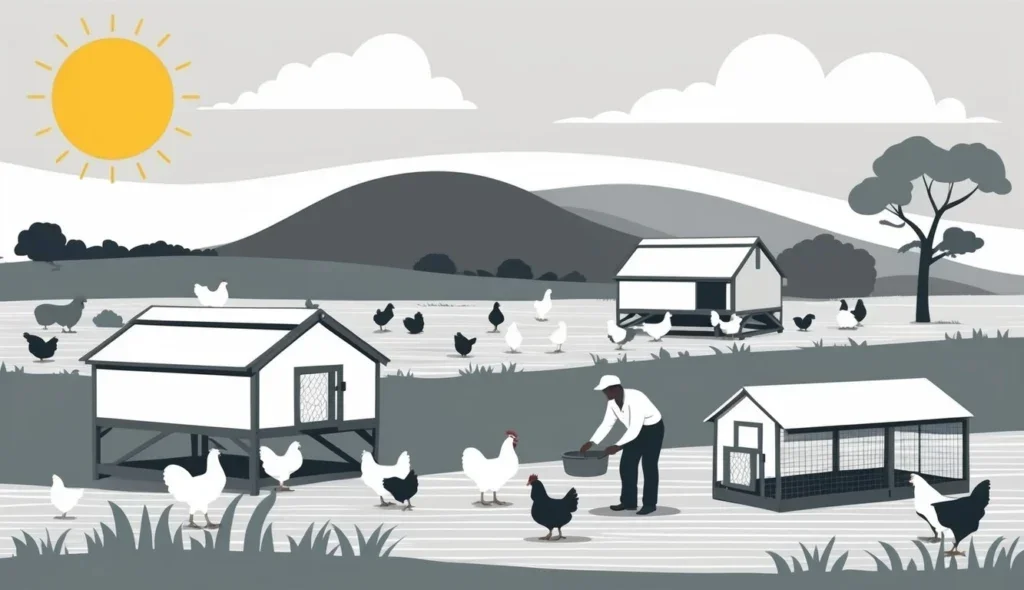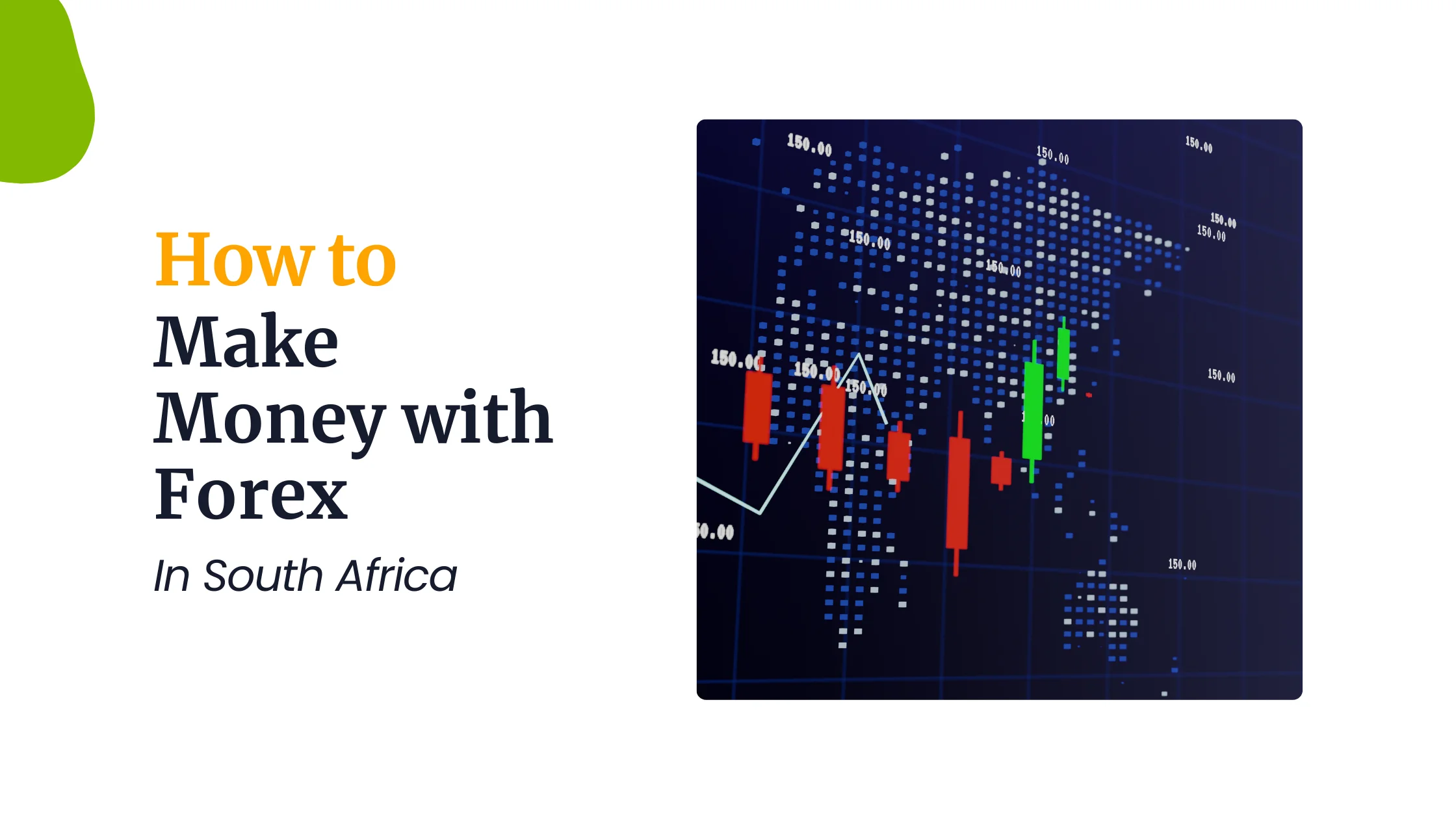Last updated on October 11th, 2024 at 11:55 am
Are you an artist based in South Africa looking to sell your artwork online?
In this article, we’ll explore the ins and outs of selling art online in South Africa, from understanding the local art market to marketing your work effectively.
So, grab your paintbrush and let’s dive in!
Table of Contents
South African Art Market Statistics
The South African art market has thrived in recent years, with global demand for African art bringing a near-record year for South African auction houses.
According to the Africa Wealth Report 2023, the continent’s fine art market is valued at just over US$1.8 billion as of December 2022.
In 2021, sales of work by African art creatives surged by 44.1%, reaching $72.4 million in sales compared to $50.2 million in 2020, which is the highest total ever for the African Modern and Contemporary art market.
South Africa has long held the dominant share of the African art market, though in recent years Nigeria has nipped at its heels.
In 2022, South African art reached a 4-year high, with $33.1 million in total sales, 4.9% higher than the record from 2017.
The rise in demand for modern and contemporary works by African artists is one of the most notable trends in the African art market.
The emergence of a new generation of African artists and the increasing demand for their work from Western collectors are driving the African art market[6].
And in 2023, the African art market is expected to experience significant growth, driven by the adoption of AI and NFTs.
Key Characteristics of South African Art Buyers
Beyond the market, you need to know who you are selling to.
South African art buyers value authenticity and originality.
They appreciate artwork that reflects the country’s diverse cultural experiences and tells meaningful stories.
Therefore, as an artist, creating pieces that resonate with the local audience is essential.
Whether through traditional African motifs or contemporary interpretations of South African life, capturing the essence of the country’s artistic heritage can greatly appeal to potential buyers.
At the same time, many South African art buyers are interested in supporting emerging artists.
They seek out unique and undiscovered talents, making online art platforms an excellent opportunity for artists to showcase their work to a wider audience.
Furthermore, South African art buyers often appreciate artwork that evokes a sense of social consciousness and addresses important issues.
Whether it’s exploring themes of identity, inequality, or environmental concerns, artists who engage with these topics can resonate deeply with the local audience and attract attention from buyers who value art’s ability to provoke thought and inspire change.
Popular Art Styles in South Africa
South Africa is a melting pot of various artistic styles and influences.
From vibrant abstract paintings to intricate beadwork, there is no shortage of art forms to explore and experiment with.
Artists in South Africa have the freedom to draw inspiration from their cultural heritage while also embracing contemporary trends and techniques.
a). Traditional Art
African traditional art holds a significant place in South Africa’s art scene.
It encompasses a wide range of art forms, including woodcarving, pottery, basketry, and mask-making.
These traditional art forms often carry deep cultural and spiritual significance, reflecting the diverse ethnic groups and their customs.
b). Contemporary Art
Contemporary art has also gained popularity in South Africa, with artists experimenting with various mediums and pushing the boundaries of traditional art forms.
From installations and mixed media to performance art and digital art, contemporary artists in South Africa are not afraid to challenge conventions and explore new artistic territories.
c). Expressionism and Impressionism
These two art styles have found a place in the South African art market.
- Expressionism allows artists to convey their emotions and inner experiences through bold brushstrokes and vibrant colors while
- Impressionism captures fleeting moments and the play of light on the South African landscape.
d). Photography Art
Photography has emerged as a powerful art form in South Africa, capturing the country’s diverse landscapes, people, and social realities.
From documentary photography to conceptual and fine art photography, photographers in South Africa use their lenses to tell compelling stories and shed light on important issues.
e). Sculpture Art
Sculpture is another art form that holds a special place in the South African art market.
From traditional stone sculptures to contemporary metal and mixed media sculptures, artists in South Africa use three-dimensional forms to express their creativity and explore different concepts.
Now, if you understand the trends and preferences within these art styles, artists can tailor their artwork to the South African market and increase their chances of selling online.
Whether creating pieces that celebrate the country’s cultural heritage or pushing the boundaries of contemporary art, artists who connect with the local art scene can succeed in South Africa’s vibrant and diverse art market.
Preparing Your Art for Online Sales in South Africa
Before you start listing your artwork on online platforms in South Africa, ensure that your pieces are well-prepared and presented professionally.
The quality of your artwork’s photographs and the descriptions accompanying them play a crucial role in attracting potential buyers.
Step 1). Quality Photography for Your Artwork
High-quality photographs are essential when selling art online.
Invest in a good camera or hire a professional photographer to capture the true essence of your artwork.
Ensure you capture clear, well-lit images that accurately represent your piece’s colors, texture, and details.
When photographing your artwork, consider showcasing it in context, such as in a room or against a neutral background.
This allows potential buyers to envision how the piece might look in their own spaces.
Imagine a serene living room, bathed in soft natural light.
The artwork hangs gracefully above a cozy sofa, its vibrant colors and intricate details drawing the viewer’s attention.
And the photograph captures the essence of the artwork, showcasing its beauty and inviting potential buyers to imagine it adorning their own walls.
Furthermore, consider providing multiple angles or close-up shots to highlight specific details or textures.
This allows potential buyers to appreciate the intricacies of your artwork and feel more confident in their purchase decision.
Step 2). Writing Compelling Descriptions
The descriptions accompanying your artwork should be engaging, informative, and provide potential buyers with a deeper understanding of your creative process and inspiration.
Describe the materials, techniques, and emotions you aimed to convey through your art.
Share stories or personal experiences that inspired the piece to create a connection with potential buyers.
The more evocative and descriptive your descriptions, the more likely they are to capture the interest of art enthusiasts browsing online platforms.
Imagine a description that transports the reader to the very moment of creation.
The artist’s hands delicately brush against the canvas, each stroke breathing life into the artwork.
The vibrant acrylic paints blend and dance, capturing the artist’s emotions and vision.
Through the description, potential buyers can feel the artist’s passion and understand the depth behind the artwork.
They can envision the artist’s creative journey and connect with the piece more profoundly.
Don’t forget to provide information about the dimensions of the artwork and any additional details that may be relevant to potential buyers, such as whether it is framed or ready to hang.
Step 3). Choosing the Right Online Platform
With numerous online platforms available for selling art in South Africa, choosing the right one for your specific needs is crucial.
Consider factors such as reach, user experience, and the platform’s community of artists and buyers.
Local vs International Art Platforms
Deciding whether to opt for a local South African art platform or an international one depends on your goals and target audience.
Local platforms may offer better exposure within South Africa and attract buyers searching for local artwork.
However, international platforms may provide access to a broader market and potential buyers from around the world.
Research different platforms and their user demographics to determine which aligns best with your artistic style and target market.
Fees and Commissions: What to Expect
Before listing your artwork on an online platform, familiarize yourself with their fee and commission structure.
Some platforms charge a listing fee or a percentage of each sale, while others operate on a commission basis.
Take the time to compare different platforms and consider the costs involved.
Keep in mind that higher fees may be justified if the platform offers substantial promotional support or has a larger customer base.
Read also:
- Where to Sell My Art in South Africa: 7 Best Options
- How to Showcase Your Art with WordPress (Beginner)
Step 4). Pricing Your Artwork for the South African Market
Pricing your artwork competitively is essential to attract potential buyers and ensure a fair return on your investment of time and resources.
Understanding Pricing Strategies
When determining the price of your artwork, consider factors such as the size, medium, complexity, and time invested in creating the piece.
Research the prices of similar artworks sold in the South African market to gauge a reasonable price range.
Remember that pricing too high may deter potential buyers, while pricing too low may undervalue your talent and hard work.
Strike a balance that reflects the quality and uniqueness of your artwork while remaining competitive within the South African art market.
Factors Influencing Art Prices in South Africa
Several factors influence art prices in South Africa.
These factors include the reputation and recognition of the artist, the demand for their work, the mediums and styles employed, and the overall state of the art market.
Stay informed about market trends and take note of any changes in buyer preferences.
This will allow you to adjust your pricing strategy accordingly and adapt to the evolving demands of the South African art market.
Step 5). Marketing Your Art Online in South Africa
Once you have your artwork prepared, listed on the right platform, and priced competitively, it’s time to focus on marketing your work effectively to maximize its visibility and attract potential buyers.
Social Media Marketing for Artists
Social media platforms such as Instagram and Facebook can be powerful tools for artists to showcase their work to a wide audience.
Create an engaging and visually appealing profile, post high-quality images of your artwork, and share your artistic journey with your followers.
Engage with the art community by following other artists, commenting on their work, and collaborating on projects.
Utilize relevant hashtags and participate in art-related discussions to expand your reach and gain exposure.
Building an Email List of Art Enthusiasts
Consider building an email list of art enthusiasts who have expressed interest in your work or purchased from you.
This allows you to maintain direct contact with potential buyers, notify them of new artworks, or inform them about upcoming exhibitions or art events.
Provide an option on your website or online platform for visitors to subscribe to your mailing list.
Offer exclusive content or special discounts as incentives to encourage sign-ups.
Wrap!
Selling your art online in South Africa requires understanding the local art market, preparing your artwork for online sales, choosing the right platform, strategically pricing, and marketing effectively.
Start now by creating a website to help promote your art online in South Africa.
Related:









